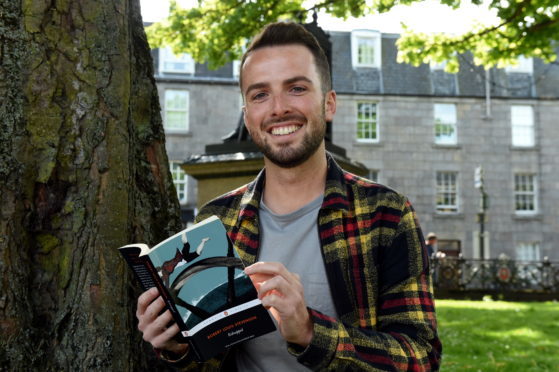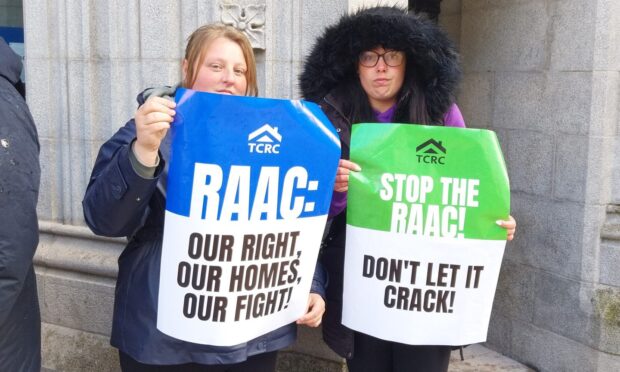An Aberdeen writer has been named as one of nine finalists in an exciting UK-wide competition.
Nesta, the innovation foundation, is supporting creators to “revolutionise the age-old art of storytelling to fit a modern world”.
The “Alternarratives Prize” encouraged writers to imagine how short stories told in creative ways could help re-engage young people with reading.
A variety of ideas were put forward – including a modern retelling of Romeo and Juliet – and now Nesta has shortlisted nine writers and provided them with £1,500 to develop their ideas.
In addition, in autumn one of these nine writers will be awarded £15,000 based on their creations.
One of the nine finalists is Shane Strachan, who is using Instagram, Google Translate and Google Books to encourage young people to find missing girl Jenna.
Along the way, his story also encourages young readers to reflect on how embedded technology is in their lives and to question whether or not they have an over-reliance on it.
Fran Sanderson, Nesta’s director of arts and culture programmes and investments, said: “The way we consume narrative content has changed rapidly, and this has accelerated in the pandemic.
“The shift towards an experience economy, perhaps in addition to a more general sense of a lack of control, has led audiences to expect more agency and interaction, and we believe this can be an opportunity for literary storytelling.
“We have been amazed by the creative ideas these writers had.”










